Understanding Construction Temporary Fences
Construction temporary fences, a pivotal category within the construction safety and management sector, serve as a versatile solution for securing construction sites. These fences are designed to delineate construction zones, safeguard the public, and provide a barrier against unauthorized access to sites.
Types and Materials
The variety of construction fencing includes options like chain link construction fence and temporary metal fence panels, catering to different needs and preferences. Materials range from low carbon steel to galvanized wire, each selected for its durability and suitability to the construction environment. Finishes such as hot dip galvanized, powder-coated, and PVC coated are applied to enhance longevity and resistance to the elements.
Features and Applications
Construction fence panels are engineered for easy assembly, with features that may include rot-proof and waterproof characteristics, ensuring they stand up to various weather conditions. The application of these fences is broad, encompassing not just construction sites but also serving as temporary site fencing for events, crowd control, and other temporary perimeter needs.
Advantages of Temporary Fencing
The use of temporary fencing for construction sites offers numerous advantages. It provides a flexible and cost-effective solution for site security, can be quickly erected and dismantled as required, and is reusable, which is beneficial for companies that manage multiple projects simultaneously. Additionally, construction site temporary fences play a crucial role in safety and liability management on a worksite.
Selection Considerations
When selecting a construction temporary fence, considerations should include the specific needs of the site, such as the required level of security, the duration of the project, and environmental factors. For enhanced privacy and dust control, options like construction fence screens can be integrated. It's essential to choose the appropriate type of temporary fence to ensure it effectively meets the site's requirements.
Environmental and Regulatory Compliance
While selecting site fencing, it's also important to consider environmental impact and regulatory compliance. The materials and construction of the fence should align with local regulations and sustainability practices. Furthermore, security fencing temporary solutions should be scrutinized for their ability to withstand site-specific challenges without compromising on environmental stewardship.


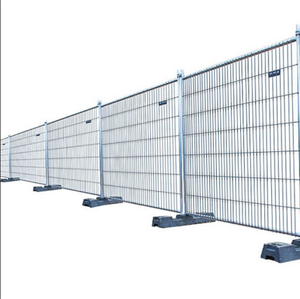

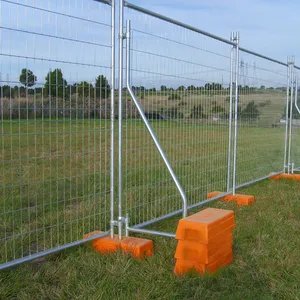

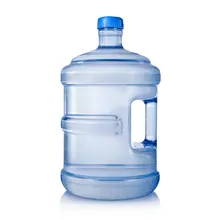
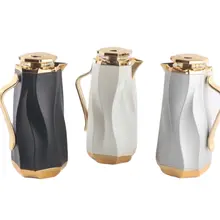


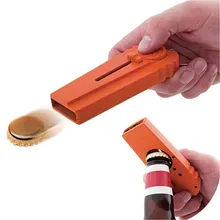

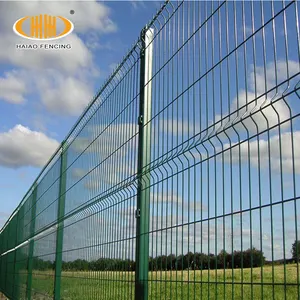

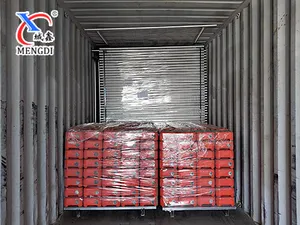


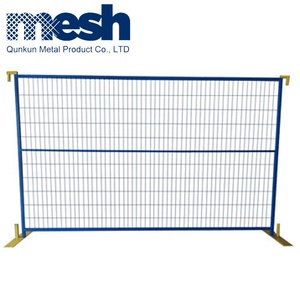























 浙公网安备 33010002000092号
浙公网安备 33010002000092号 浙B2-20120091-4
浙B2-20120091-4